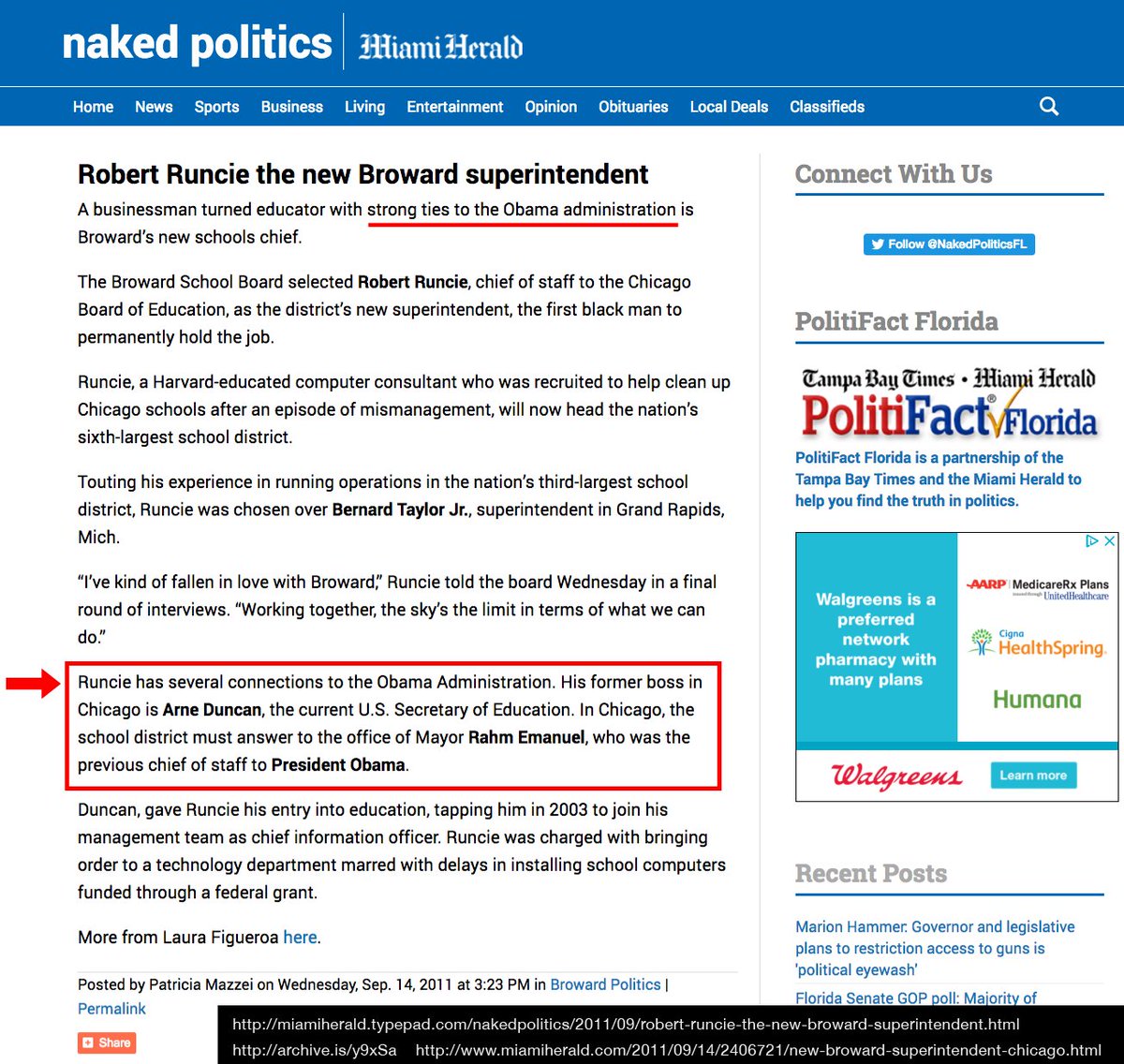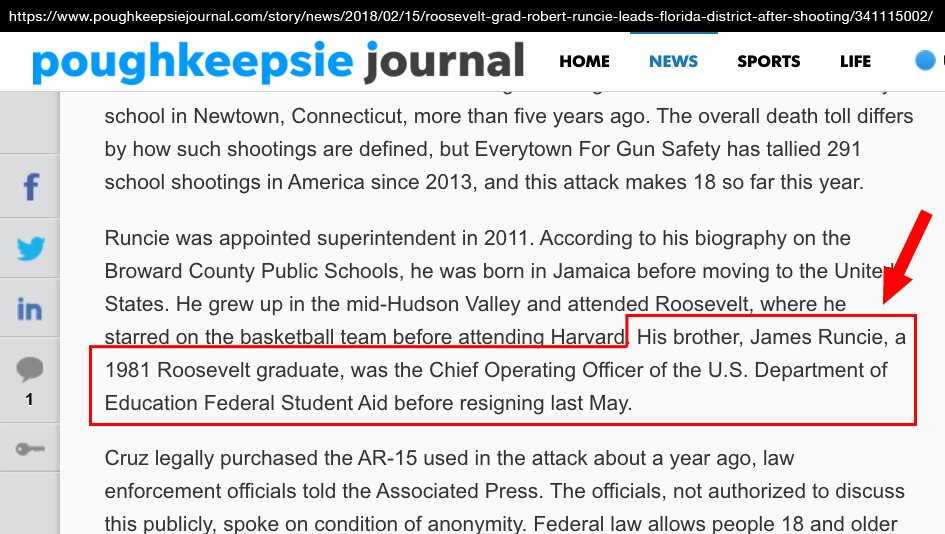U.S. Secretary of Education Betsy DeVos Warns of Looming Crisis in Higher Education
@MAGAREX1 @drawandstrike @HNIJohnMiller @catesduane @rising_serpent @almostjingo @tracybeanz @TheChiIIum @hfinch63
ed.gov/news/press-rel…
The Secretary then laid out four core principles from which decision makers can start when taking action to address the problem:
"Third, better, more accessible information is necessary for policymakers, for students, for parents, and for taxpayers.
The myStudentAid mobile app
There were plenty of folks who declared it could not be done. They said the Department was "overpromising what it could deliver."
One major goal of the NextGen initiatives is to facilitate a partnership with you to improve student financial literacy.
***YES!!!***
I'm here to raise a warning flag with American students and American taxpayers: We have a crisis in higher education.
... Only 24 percent of FSA borrowers—one in four—are currently paying down both principal and interest.
Here are a few principles I think are important as we look to solutions.
And so, supporting and encouraging a multitude of pathways makes common sense. We shouldn't imply or decree that one, traditional pathway is the right thing for everyone.
Third, better, more accessible information is necessary for policymakers, for students, for parents, and for taxpayers.
... Each of us has a contribution to make and a role to play in resolving our present crisis in higher education.










